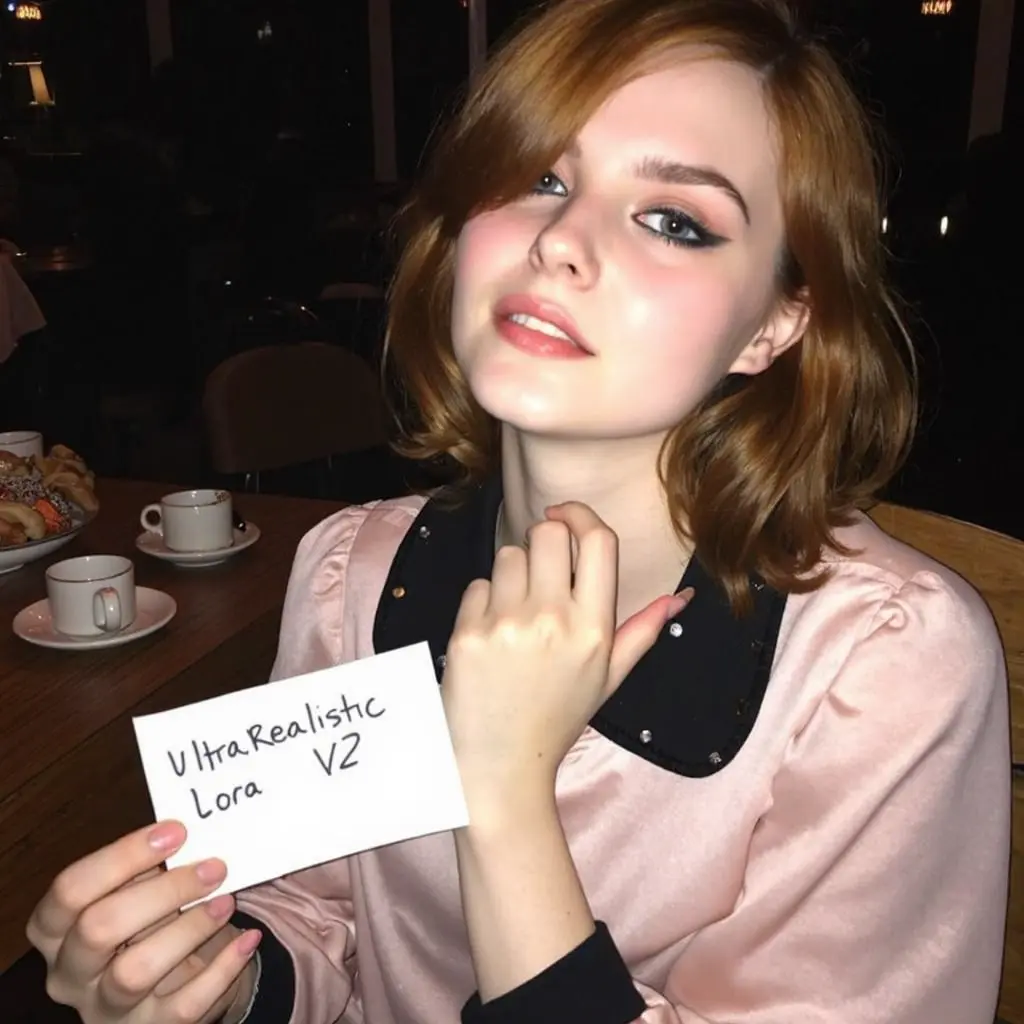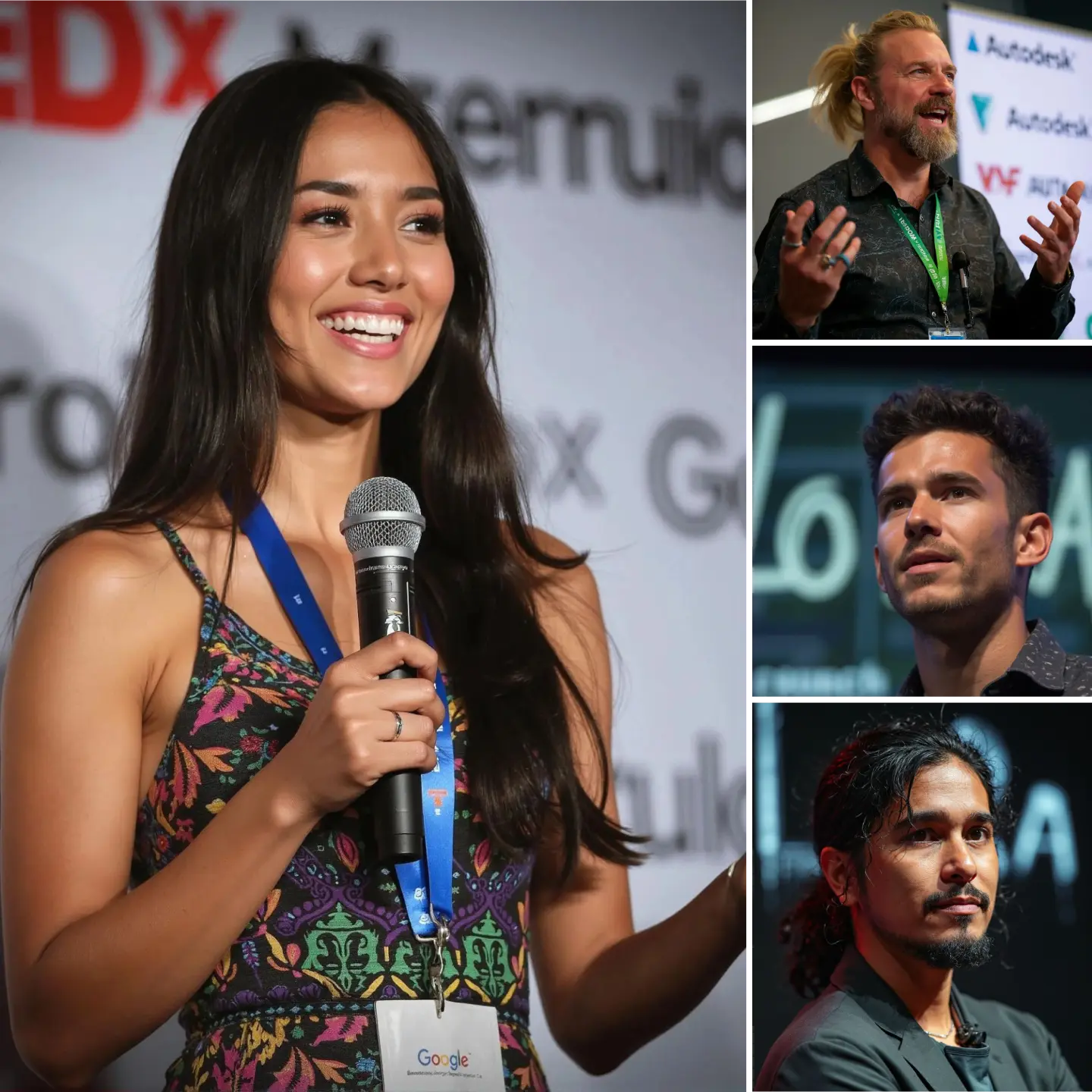ComfyUI Node: DZ_Face_Detailer
DZ_Face_Detailer
Categoryface_detailer
daxthin (Account age: 1516days) Extension
DZ-FaceDetailer Latest Updated
2024-06-17 Github Stars
0.19K
How to Install DZ-FaceDetailer
Install this extension via the ComfyUI Manager by searching for DZ-FaceDetailer- 1. Click the Manager button in the main menu
- 2. Select Custom Nodes Manager button
- 3. Enter DZ-FaceDetailer in the search bar
Visit ComfyUI Online for ready-to-use ComfyUI environment
- Free trial available
- 16GB VRAM to 80GB VRAM GPU machines
- 400+ preloaded models/nodes
- Freedom to upload custom models/nodes
- 200+ ready-to-run workflows
- 100% private workspace with up to 200GB storage
- Dedicated Support
DZ_Face_Detailer Description
Enhance facial details in images for AI artists with advanced face detection and detailing techniques.
DZ_Face_Detailer:
The DZ_Face_Detailer node is designed to enhance the details of faces in images, making it an essential tool for AI artists who want to improve the quality and realism of facial features in their artwork. This node leverages advanced face detection and detailing techniques to identify and process faces within an image, applying enhancements that bring out finer details and improve overall visual quality. By focusing on facial regions, the DZ_Face_Detailer ensures that the most critical parts of an image receive the attention they need, resulting in more lifelike and expressive portraits. This node is particularly useful for tasks that require high-quality facial rendering, such as character design, digital portraits, and any other creative projects where facial detail is paramount.
DZ_Face_Detailer Input Parameters:
model
This parameter specifies the model to be used for face detailing. The model determines the underlying algorithms and techniques applied to enhance the facial features. Choosing the right model can significantly impact the quality of the output.
seed
The seed parameter is used to initialize the random number generator, ensuring reproducibility of results. By setting a specific seed value, you can achieve consistent outputs across different runs with the same input parameters. The default value is typically set to a random number.
steps
This parameter defines the number of steps the detailing process will take. More steps generally lead to higher quality results but will also increase processing time. The minimum value is 1, and there is no strict maximum, but practical limits depend on your computational resources.
cfg
The cfg (configuration) parameter controls the strength of the detailing effect. Higher values result in more pronounced detailing, while lower values produce subtler enhancements. The default value is usually set to a moderate level to balance quality and processing time.
sampler_name
This parameter specifies the name of the sampling method to be used during the detailing process. Different samplers can produce varying results, so experimenting with this parameter can help you achieve the desired effect.
scheduler
The scheduler parameter determines the scheduling strategy for the detailing steps. It influences how the detailing process progresses over the specified number of steps, affecting the final output quality and style.
positive
This parameter allows you to provide positive prompts or conditions that guide the detailing process. Positive prompts can help emphasize certain features or styles in the output.
negative
Conversely, the negative parameter lets you specify negative prompts or conditions to avoid during the detailing process. This can be useful for preventing unwanted artifacts or styles in the final output.
latent_image
The latent_image parameter is the input image in its latent (encoded) form. This image will be processed and enhanced by the DZ_Face_Detailer node.
denoise
The denoise parameter controls the amount of noise reduction applied during the detailing process. Higher values result in smoother images with less noise, while lower values retain more texture and detail.
vae
This parameter specifies the Variational Autoencoder (VAE) to be used for decoding the latent image into a tensor image for processing. The choice of VAE can affect the quality and characteristics of the decoded image.
mask_blur
The mask_blur parameter determines the amount of blur applied to the face mask. Blurring the mask can help create smoother transitions and more natural-looking enhancements.
mask_type
This parameter specifies the type of mask to be used for face detection. Options typically include "box" for bounding box masks and "mesh" for more detailed face mesh masks.
mask_control
The mask_control parameter allows you to fine-tune the mask's properties, such as its opacity and blending mode. This can help achieve the desired level of detail and integration with the rest of the image.
dilate_mask_value
This parameter controls the dilation of the face mask, expanding its boundaries to include more surrounding pixels. Dilation can help ensure that all relevant facial features are included in the detailing process.
erode_mask_value
The erode_mask_value parameter controls the erosion of the face mask, shrinking its boundaries to focus more closely on the core facial features. Erosion can help avoid including unwanted background elements in the detailing process.
DZ_Face_Detailer Output Parameters:
latent
The latent output parameter is the enhanced latent image after the detailing process. This image contains the improved facial features and can be further processed or decoded into a final image.
noise_mask
The noise_mask output parameter provides the noise mask used during the detailing process. This mask can be useful for understanding the areas of the image that were affected by noise reduction and detailing.
DZ_Face_Detailer Usage Tips:
- Experiment with different models and samplers to find the combination that best suits your artistic style and project requirements.
- Use the seed parameter to ensure reproducibility when you need consistent results across multiple runs.
- Adjust the steps and cfg parameters to balance between processing time and output quality, especially for high-resolution images.
- Utilize positive and negative prompts to guide the detailing process and achieve specific artistic effects.
- Fine-tune the mask_blur, dilate_mask_value, and erode_mask_value parameters to control the mask's influence on the detailing process and achieve the desired level of detail.
DZ_Face_Detailer Common Errors and Solutions:
"Model not found"
- Explanation: The specified model could not be located in the directory.
- Solution: Ensure that the model is correctly downloaded and placed in the appropriate directory. Check the file path and model name for any typos.
"Invalid mask type"
- Explanation: The mask_type parameter value is not recognized.
- Solution: Verify that the mask_type parameter is set to a valid option, such as "box" or "mesh".
"Insufficient memory"
- Explanation: The detailing process requires more memory than is available.
- Solution: Reduce the steps or cfg parameter values to lower the memory usage, or try processing a smaller image.
"Face detection failed"
- Explanation: The node was unable to detect any faces in the input image.
- Solution: Ensure that the input image contains clear and visible faces. Adjust the mask_control parameters to improve face detection accuracy.
DZ_Face_Detailer Related Nodes
RunComfy is the premier ComfyUI platform, offering ComfyUI online environment and services, along with ComfyUI workflows featuring stunning visuals. RunComfy also provides AI Playground, enabling artists to harness the latest AI tools to create incredible art.


